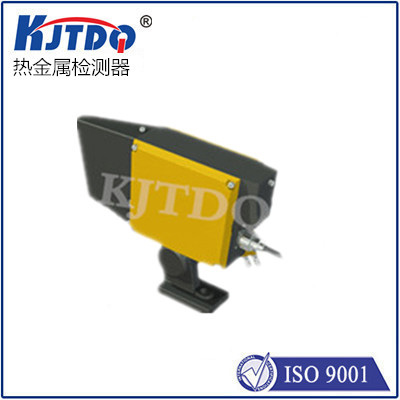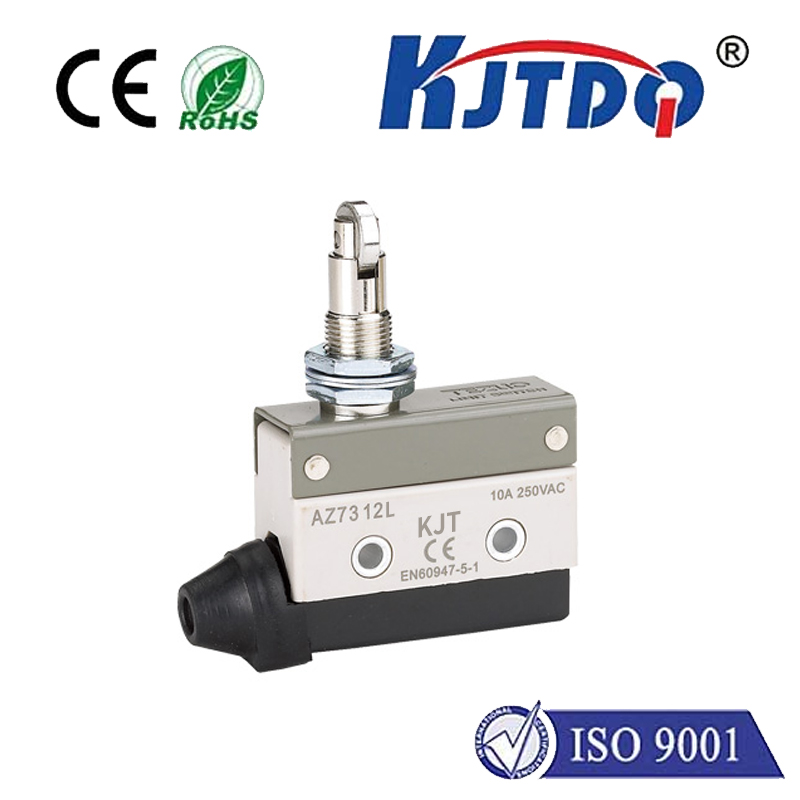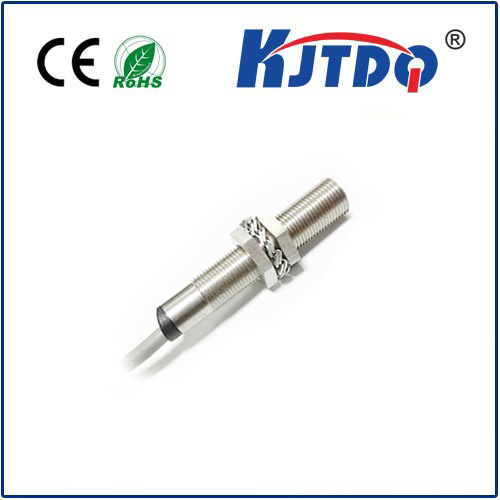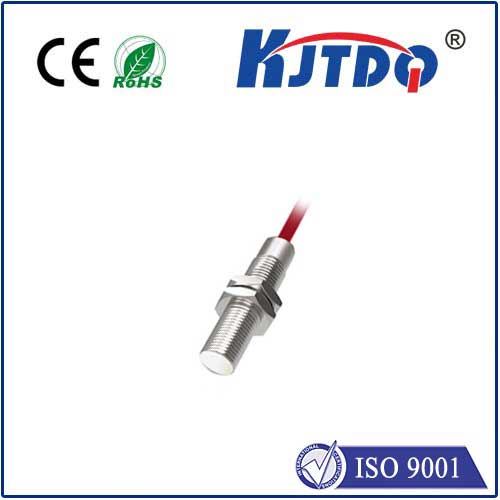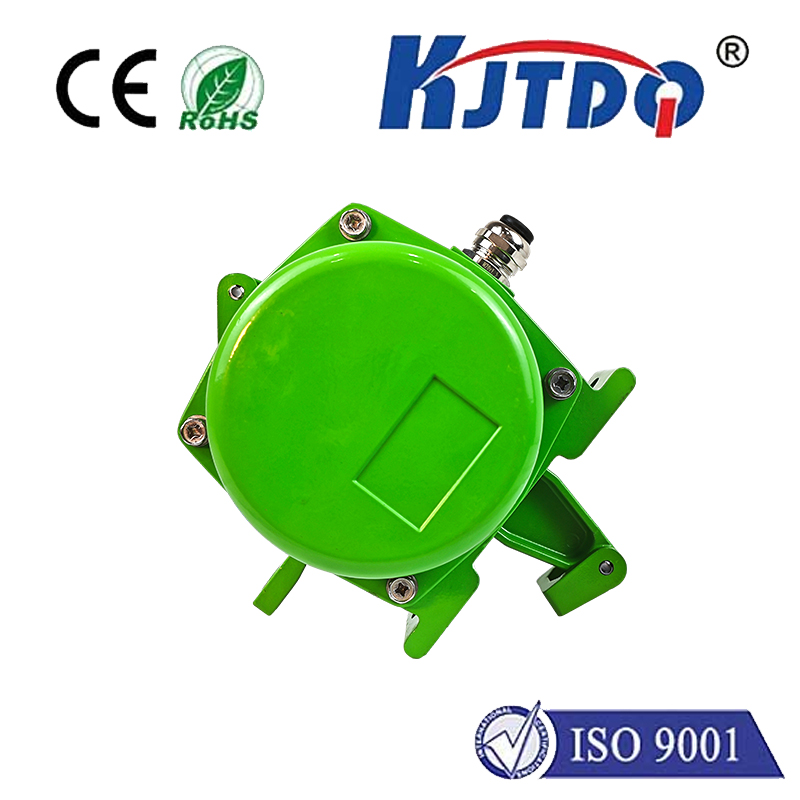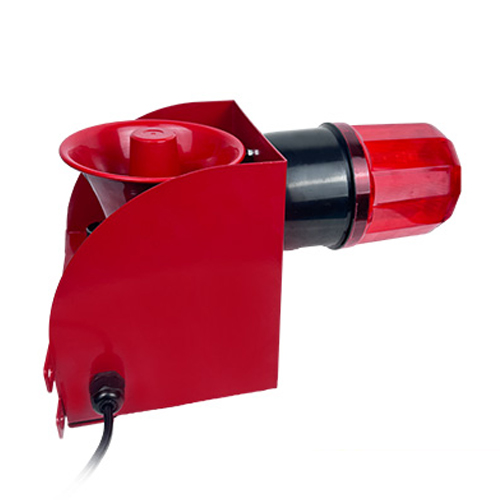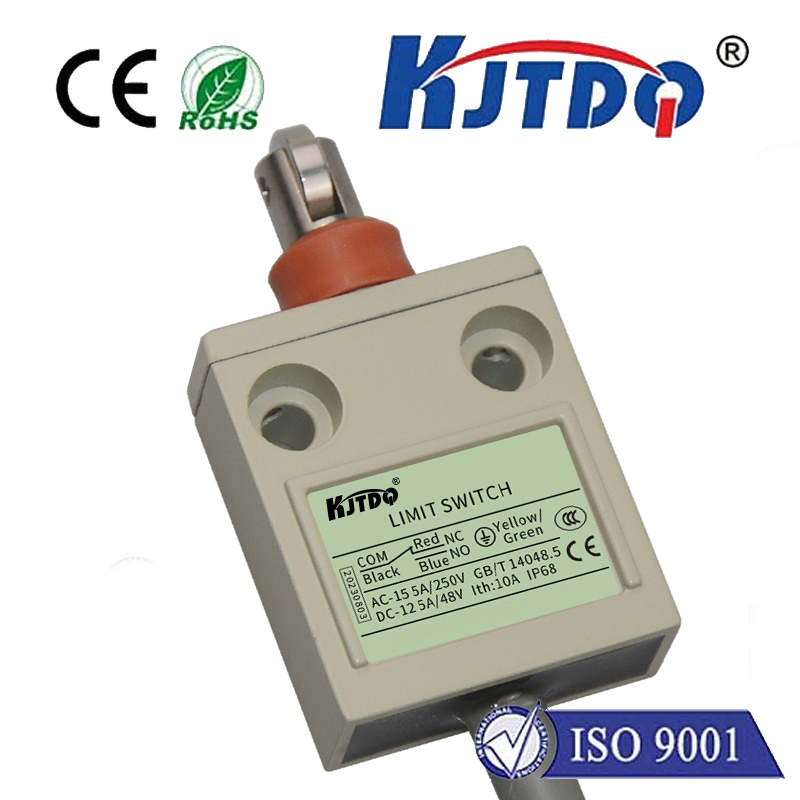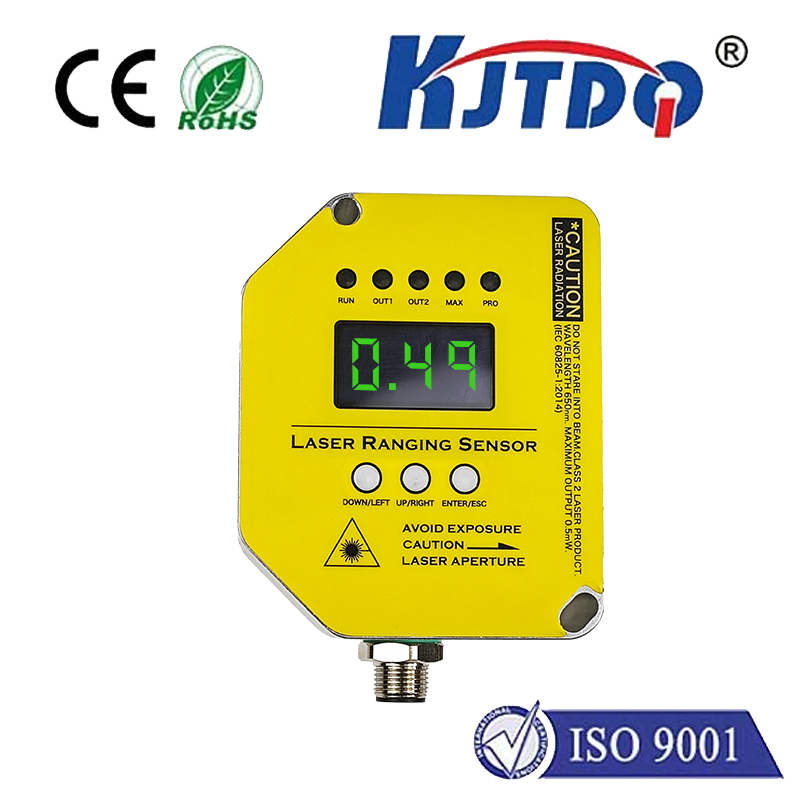spdt proximity switch
- time:2025-06-25 01:11:40
- Click:0
SPDT Proximity Switch: Your Dual-Function Solution for Smarter Automation
Ever wondered how modern industrial systems achieve such seamless control and fail-safe operations? Often, the unsung heroes are components like the SPDT proximity switch – a tiny powerhouse offering unparalleled flexibility in sensing applications.
In the intricate world of industrial automation, packaging, material handling, and machine safety, reliable sensing is non-negotiable. Proximity switches, detecting objects without physical contact, are fundamental. But not all proximity sensors are created equal. Enter the SPDT proximity switch – a single device offering two distinct switching functions, significantly enhancing circuit design and operational reliability.
Demystifying the SPDT Proximity Switch
Let’s break down the acronym. SPDT stands for Single Pole, Double Throw. This terminology, borrowed from electromechanical relays, perfectly describes the internal switching mechanism within the proximity sensor’s output stage. Unlike a simple SPST (Single Pole, Single Throw) sensor that offers only one switching state (Normally Open or Normally Closed), the SPDT proximity sensor incorporates both functions simultaneously within its single housing.
- Single Pole (SP): Refers to one common connection point (the output terminal).
- Double Throw (DT): Signifies that this common terminal can connect to two different paths. In essence, the switch has three terminals: Common ©, Normally Open (NO), and Normally Closed (NC).
How an SPDT Proximity Sensor Operates

Whether it’s an inductive sensor detecting metal, a capacitive sensor detecting various materials, or a magnetic sensor (like a reed switch), the core sensing principle remains distinct from the output configuration. The SPDT output is an electronic switch built into the sensor:
- Absence of Target (Power On): The sensor is in its “normal” state. The internal switch connects the Common © terminal to the Normally Closed (NC) terminal. The circuit between C and NO is open.
- Presence of Target: When an object enters the sensor’s detection range, the internal switch changes state. It disconnects C from NC and connects C to the Normally Open (NO) terminal instead. The circuit between C and NC is now open.
The Compelling Advantages of SPDT Proximity Switches
Choosing an SPDT configuration over simpler SPST options delivers tangible benefits:
- Circuit Simplification & Cost Reduction: This is arguably the most significant advantage. One SPDT sensor can replace two SPST sensors (one NO and one NC) needed to achieve similar dual-state monitoring in many applications. This reduces component count, wiring complexity, panel space requirements, and overall system cost.
- Enhanced Functionality & Control: Having both NO and NC outputs readily available from a single point greatly simplifies control logic design. It enables functionalities like:
- Dual-State Monitoring: Directly knowing both the presence and absence of an object without needing additional sensors or complex programming. Ideal for confirming part ejection or verifying a clamp is both closed and open.
- Built-in Redundancy/Fail-Safe: The NC contact can provide a “watchdog” signal. If the sensor powers on correctly but fails to detect a target when it should (e.g., a broken wire occurs after power-up), the NC state remains active, potentially triggering an alarm. While not foolproof, it offers a basic level of failure indication.
- Flexibility in PLC Programming: Provides both signals to the controller, allowing programmers to choose the most efficient or safest logic state for different parts of the sequence, often leading to cleaner, more robust code.
- Increased Reliability (Potentially): Fewer components inherently mean fewer potential points of failure (connections, sensors). While the sensor itself remains a single point, the reduction in overall system complexity often translates to higher mean time between failures (MTBF) for that specific monitoring function.
- Simplified Troubleshooting: Having both signals available makes it easier to diagnose issues at the sensor level using a multimeter, as you can directly verify both active states.
Where SPDT Proximity Sensors Shine: Key Applications
Their unique dual-output capability makes SPDT proximity sensors ideal for numerous scenarios:
- Position Verification: Confirming a cylinder is fully retracted (NC active) AND fully extended (NO active) using just one sensor per cylinder.
- Safety Interlocks: Monitoring guard doors (door closed = NC active; door open = NO active triggers stop). The NC state provides a “healthy circuit” signal when the door is closed.
- Parts Counting & Presence/Absence: Accurately counting parts entering (NO triggers on detection) and verifying they exited (NC triggers absence after presence) a station.
- Machine Sequencing: Providing complementary signals to different parts of a control system during a single machine cycle.
- Level Control: Detecting both high level (NO active) and low level (NC active) in tanks or bins.
- Conveyor Systems: Monitoring jams (part present too long - NC doesn’t reactivate) or verifying part pick/place.
- End-of-Travel Sensing: Reliably confirming both start and end positions of moving components like slides or actuators.
Selecting and Utilizing Your SPDT Proximity Switch
When integrating an SPDT proximity sensor, consider these factors:
- Sensor Type: First, choose the right sensing technology (Inductive, Capacitive, Magnetic) for your target material and environment.
- Output Configuration: Explicitly select SPDT (often listed as “1 NO/1 NC” or “Changeover”). Ensure the switching current/voltage rating suits your load (relay coil, PLC input, etc.).
- Wiring: Pay close attention to the datasheet! Correctly identify the C (Common), NO (Normally Open), and NC (Normally Closed) terminals. Incorrect wiring will lead to faulty operation. Typically, brown wire is +V, blue is 0V, black is NO, white is NC, and the common connection is made internally. Always verify with the specific sensor’s manual.
- Mounting: Ensure proper alignment and distance (within the specified operating range) from the target. Vibration and environmental factors (temperature, chemicals, washdown) must be considered.
- Diagnostics: Utilize the dual outputs for easier troubleshooting. Measure voltage or continuity between C-NO and C-NC to verify switching states when the target is present and absent.
The SPDT Proximity Switch Advantage
In a landscape demanding efficiency, reliability, and cost-effectiveness, SPDT proximity switches offer a powerful solution. Their intrinsic ability to provide two complementary switching signals from a single sensing point streamlines designs, reduces hardware costs, enhances monitoring capabilities, and simplifies control logic. By understanding the SPDT principle – the Single Pole, Double Throw functionality – engineers and technicians can leverage this versatile sensor to build smarter, more robust, and more economical automated systems.







